4 Symptoms of a Bad Brake Light Switch (and Replacement Cost)
Hitting the brakes should trigger more than slowing your car. Your brake lights need to shine bright as well. But if those red tail lights don’t illuminate when they should, your brake light switch could be at fault. Yet, that’s not the only symptom.
Continue reading to learn the common signs of brake light switch failure, what caused it to go bad in the first place, and how much it’s going to cost to fix it.
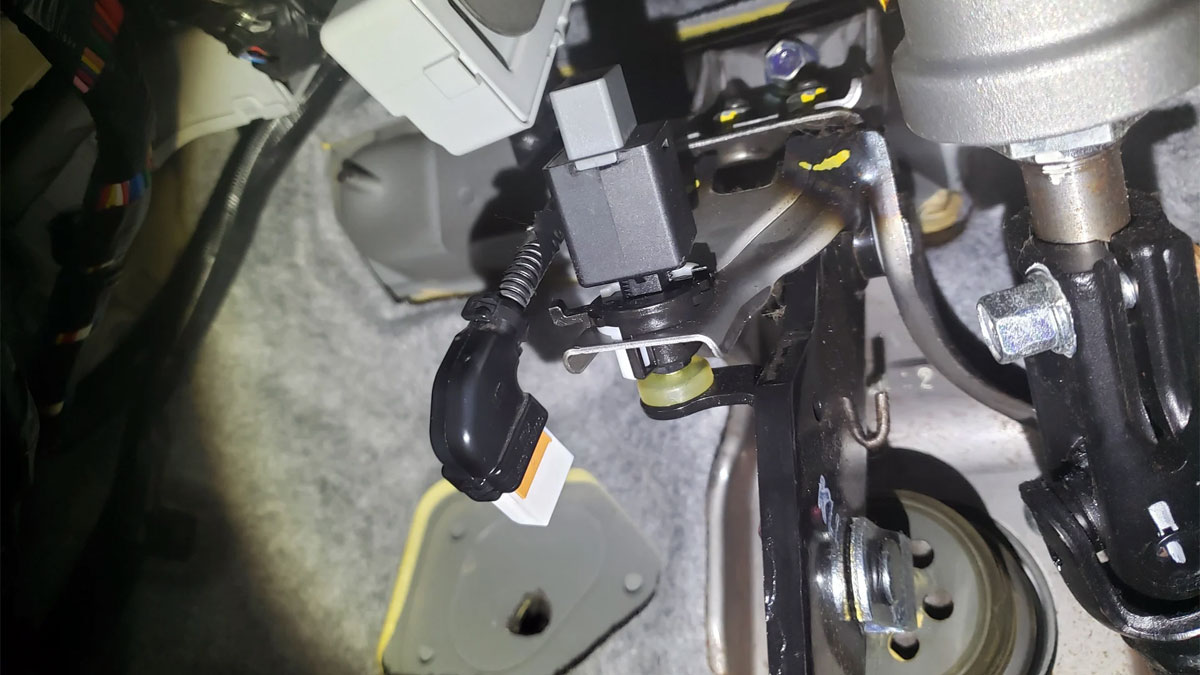
What is a Brake Light Switch?
A brake light switch is a device designed to provide feedback within designated circuits, whenever a motorist depresses the brake pedal. One such circuit completed with the actuation of this switch is the brake light circuit.
Simply put, the brake light switch is solely responsible for providing power across the brake light circuit, thereby causing such lights to illuminate in response to a brake application.
Furthermore, many vehicles are designed in a manner that allows the brake light switch to play additional roles of varying importance.
For example, power from the brake light switch is used as an input of importance within the automotive cruise control circuit, interrupting the cruise control function when a vehicle’s brakes are applied. In many cases, feedback from the brake light switch also plays a pivotal role in the shifter interlock circuit.
Bad Brake Light Switch Symptoms
The failure of a vehicle’s brake light switch is often accompanied by one or more secondary symptoms, some of which can even pose a potential safety hazard. For this reason, among others, it’s important to be able to identify such symptoms quickly when they arise.
The following are several of the most common symptoms associated with a bad brake light switch.
#1 – Inactive or Erratic Brake Lights
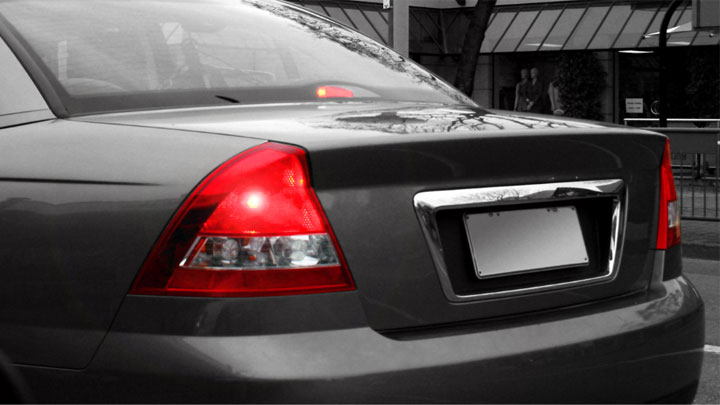
As its name would suggest, a brake light switch activates a vehicle’s brake lights when the brake pedal is depressed. Therefore, a failing brake light switch can lead to a lack of brake light illumination, or erratic brake light function.
See Also: 3 Reasons Your Brake Lights Won’t Turn Off
#2 – Cruise Control Related Issues
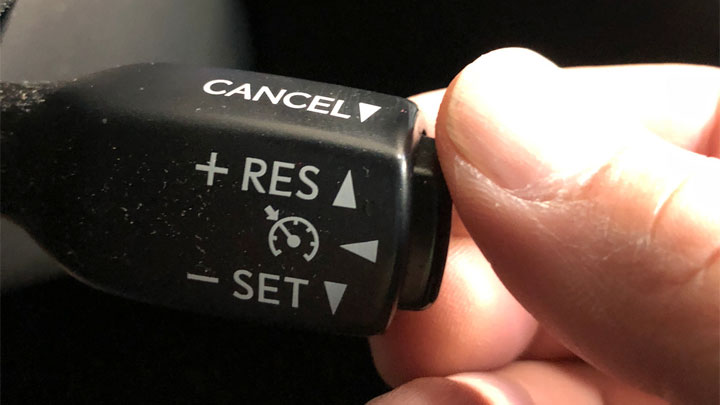
Power from a vehicle’s brake light switch is often routed through the cruise control circuit. This allows for cruise control deactivation when a motorist applies the brakes.
When a brake light switch fails, a vehicle’s cruise control operation often becomes erratic, or non-existent.
#3 – Inability To Shift Out Of Park
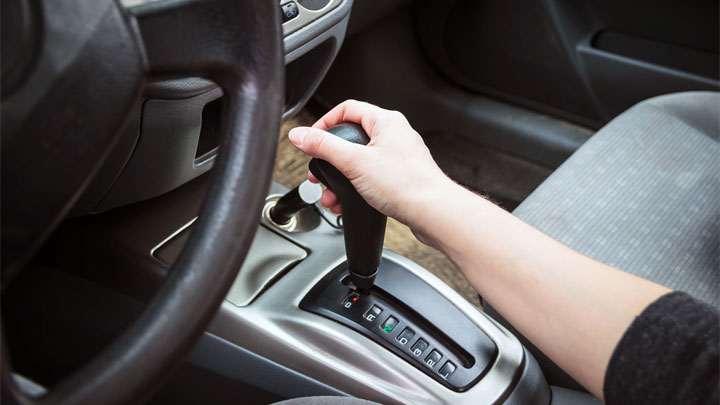
In many cases, power from the brake light switch is also routed through a vehicle’s shift interlock circuit as well. As a result, a vehicle’s shift interlock often fails to disengage whenever the brake light switch ceases to function as designed.
This simply means your car won’t shift out of Park.
#4 – ABS or Brake Warning Light
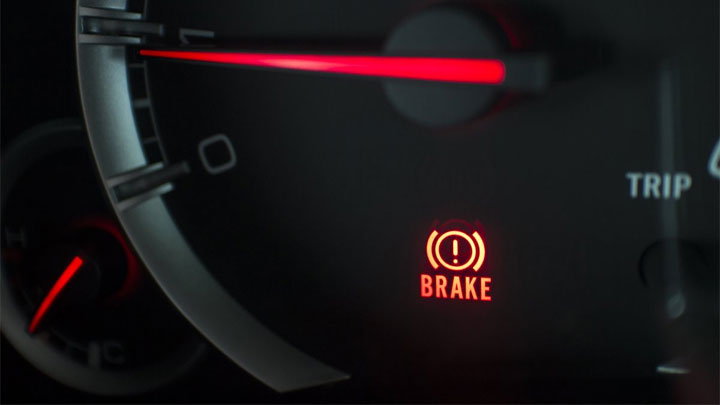
Some vehicles are designed to trip a brake system specific warning light whenever the brake light switch circuit has experienced a failure. This warning light often comes in the form of an ABS light or illuminated “BRAKE” message.
Where is It Located?
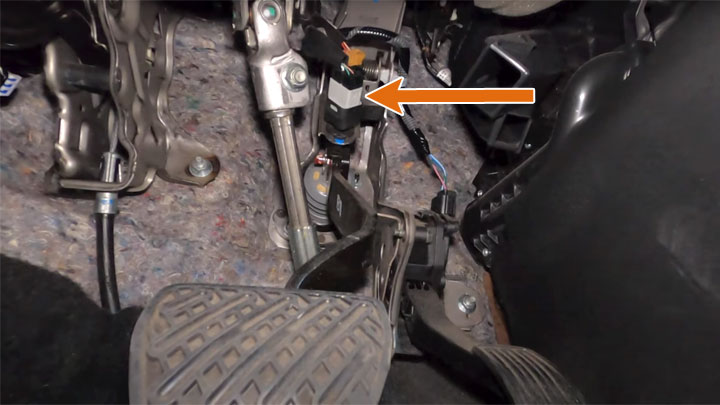
Due to its reliance upon mechanical input during braking, the brake light switch is generally found in one of a couple of different places, no matter the application.
In almost every case, this switch is found mounted within close proximity to a vehicle’s firewall, directly inline with the brake pedal linkage itself. In some cases, the exact location of this switch is positioned higher along the firewall, behind the dash.
The brake light switch is located where it is, due in large part to its design. This switch is of a plunger-style design, allowing a circuit to be made or broken in response to mechanical input.
In this case, the downward stroke of a vehicle’s brake pedal brings the brake linkage itself into contact with the brake light switch, thereby providing continuity.

What Causes the Brake Light Switch to Fail?
The most common cause of brake light switch failure is simple wear and tear. The typical brake light switch is depressed many thousands of times during its service life. As time passes, the contacts within this switch begin to erode, eventually failing to achieve continuity.
This wear tends to be accelerated if a vehicle’s brake light switch is misadjusted, causing undue stress.
Additionally, brake light switches that are exposed to excess dirt and moisture tend to be more prone to failure, than those that are not. Therefore, the longevity of such components can often be extended by simply keeping the driver’s compartment of your vehicle clean and dry.
This, in turn, can save you money on automotive repairs in the long run.
Brake Light Switch Replacement Cost
Best places to order parts? See: 19 Best Online Auto Parts Stores

Luckily, the cost associated with replacing a vehicle’s brake light switch is relatively minor, in comparison to many other automotive repairs.
Generally speaking, a replacement brake light switch can be purchased for approximately $20-$100. This price might be slightly higher for performance vehicles, or vehicles of an exotic make.
If you intend to have your vehicle’s brake light switch replaced at a shop, additional labor fees will apply. In most cases, this repair will not require more than one hour of labor.
Therefore, you can anticipate paying between $80-$120 for labor for the completion of this replacement. This, combined with the cost of parts, brings the total cost of brake light switch replacement to $100-$220.
Can I Replace It Myself?
Even if you’re only slightly mechanically inclined, the replacement of a vehicle’s brake light switch is a task that can be tackled at home.
This job is rather simple in nature to complete and only requires the use of minimal tools. In most cases, repairs of this nature can be completed in less than an hour under normal circumstances.
Replacement of the brake light switch involves locating the switch along the affected vehicle’s firewall, before removing it from its mount.
In most cases, brake light switches are secured with a single bolt, or are clipped into an indexed mount. After removing any corresponding electrical connections, installation will be completed in reverse order of removal.
The hardest part of the process is often contorting yourself to reach the switch which is typically above the brake pedal. Replacing the switch in some vehicles is extremely easy while others, it can be a bit more challenging to get to, especially if you have very limited flexibility.
How to Test a Brake Light Switch
Before spending your hard-earned money on a replacement brake light switch, it is important to verify that a faulty brake light switch is actually the source of your issues. The integrity of a brake light switch can be tested in a couple of different ways, both of which are described below.
Check Continuity Across Switch
The integrity of a vehicle’s brake light switch can be verified by performing a continuity test across both electrical leads of the switch itself. This can be done with the use of a multimeter.
Simply set the multimeter being used in the “ohms” position, before touching the multimeter’s leads to both the input and output terminals of the disconnected switch (one lead per terminal).
Once this is done, have an assistant depress the vehicle’s brake pedal. If continuity is indicated with the pedal depressed, the switch is good. If not, the switch has failed and will ultimately require replacement.
Check Power Across Switch
You can also check for power across their vehicle’s brake light switch, assuming, of course, that your vehicle’s brake light circuit switches positive voltage, rather than ground.
This test can be accomplished with a multimeter and is conducted with the switch itself still plugged in.
- You will first back-probe each of the two wires on the harness side of the brake light switch connector with a T-pin.
- With the brake pedal depressed, and the meter’s negative lead properly grounded, power should be present at both T-pins.
- If power is only present at one pin, a faulty brake light switch should be suspected.
- If power is not evident on either pin, a blown brake light fuse is likely to blame.
- 5 Symptoms of an EVAP Leak (and Repair Cost) - Apr 27, 2024
- P0480 Code (Symptoms, Causes, and How to Fix) - Apr 19, 2024
- Car Temperature Gauge Stopped Working? (Here’s Why) - Apr 15, 2024
